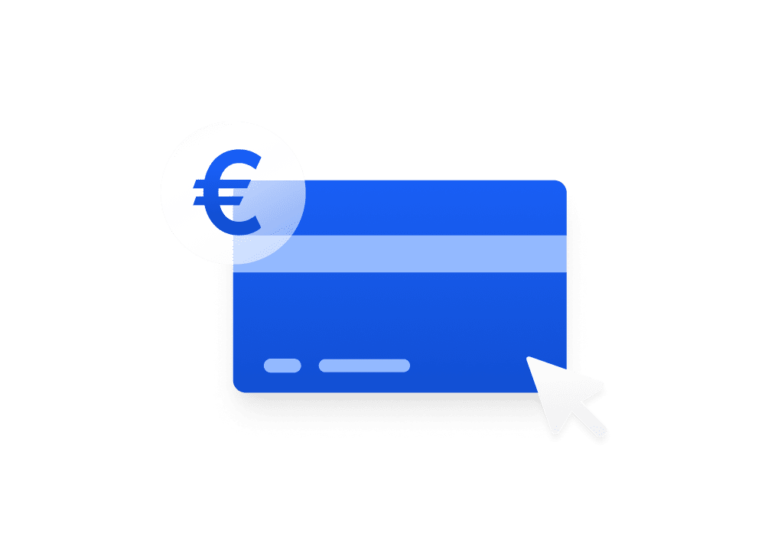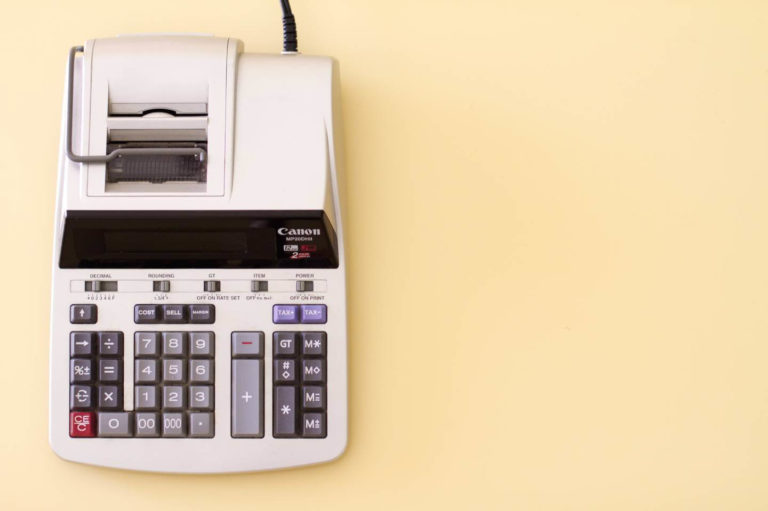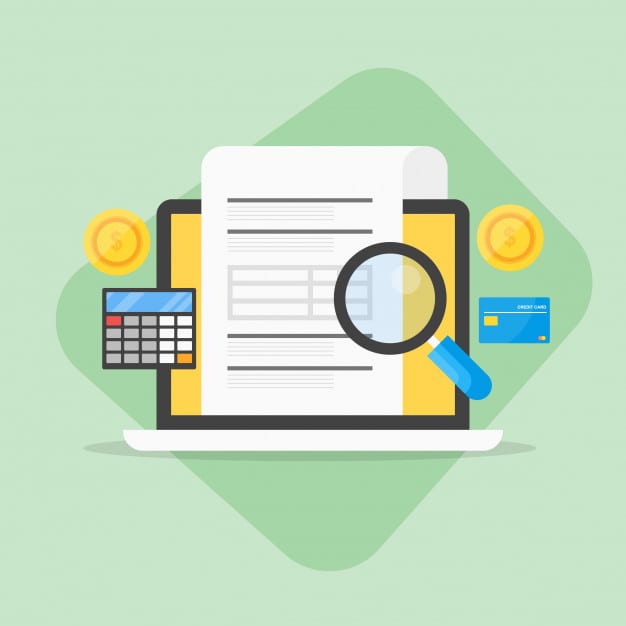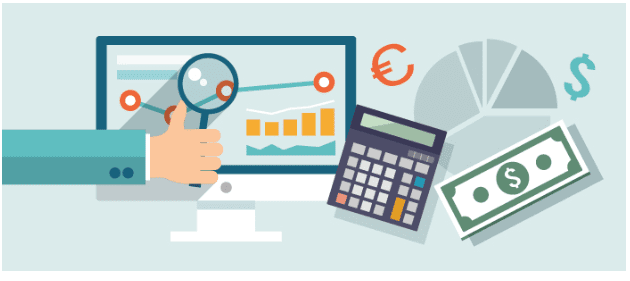Running your own business or being self-employed is all fun and games until it comes to taxes. Unfortunately, taxes are something that you have to pay; they form a key part of accounting and it is important to get it right.
Value Added Tax, or VAT, is a sales tax added on top of the price of most goods and services. Most countries have some form of VAT or sales tax, but the specifics may differ. It is important to double check what the position is in your own country. Here, we are going to use the UK as an example.
Understanding VAT is Important for Accounting
If you are a contractor working through your own limited company or as a sole trader, you could save money by becoming VAT registered. Whilst some goods and services aren’t VATable or have a lower rate (for example, books or essential child products) most are.
When your company has an income that reaches the £85,000 per year mark (correct at the time of writing in 2018), you must register for VAT. You can, however, register for VAT below this threshold and it is something well worth considering.
Some companies earning below £85,000 choose to register for VAT because it can save them money, but it is entirely optional below this threshold.
Accounting for VAT
When you are charging for VAT, the way you generate invoices changes. If you are using robust invoicing software, though, these changes become much easier to implement. It is always recommended that you use a tried, tested, and proven piece of accounting and business management software as a sole trader or small business—it helps you with your day-to-day management and does a lot of the hard work for you.
VAT that you charge on top of your goods or services is known as output tax. When preparing your invoice, you must account for this output tax which is, at the time of writing this, 20 percent.
Let’s say you are a website developer who charges £50 per hour, and you work on a client’s project for four hours per day over five days. You would break down your charges like this:
- Four hours per day for five days at £50 per hour = £1,000.
- VAT at 20 percent (1,000/100*20) = £200.
- Total including VAT is therefore £1,200.
On your invoice, you must include this VAT rate separate from your products or services being charged for. This is known as a VAT invoice.
Good accounting software will make this a breeze and it is possible to automatically have the software work out chargeable VAT.
We always recommend using a real accountant in addition to accounting software. By using accounting software and inputting all the numbers, you can then pass this on to your accountant who can double check them before filing. This saves you money because you don’t eat up your accountant’s time.
Can VAT Registration Ever Be a Disadvantage?
If you deal with a lot of clients who aren’t VAT registered (e.g. charities and financial services firms) they will not be able to claim back the VAT as a business expense. Because of this, this will make your services more expensive for them and it could dissuade them from doing business with you.
Unfortunately, registering for VAT means you must charge every single client the VAT rate on top of your services, regardless of whether they can claim it back. On the flip side, if you work with companies that are VAT registered—and most are, for example a media company—then they will be able to offset the VAT that you charge against their taxes.
VAT is Made Easy Using Accounting Software
As a small business or sole trader, it may not be something you need to worry about—registration is optional.
If, however, it is beneficial or mandatory for you to register for and charge VAT, using the best invoicing software will help a lot and it is good accounting practice to do so. Taxes are very complicated and many people utilize the services of an accountant, but by using software and keeping track of everything, you reduce your accountant’s workload and save money in the long-term.
